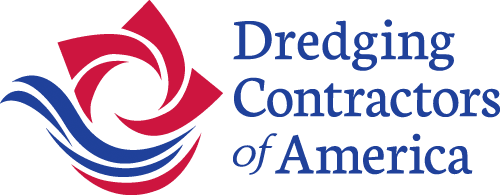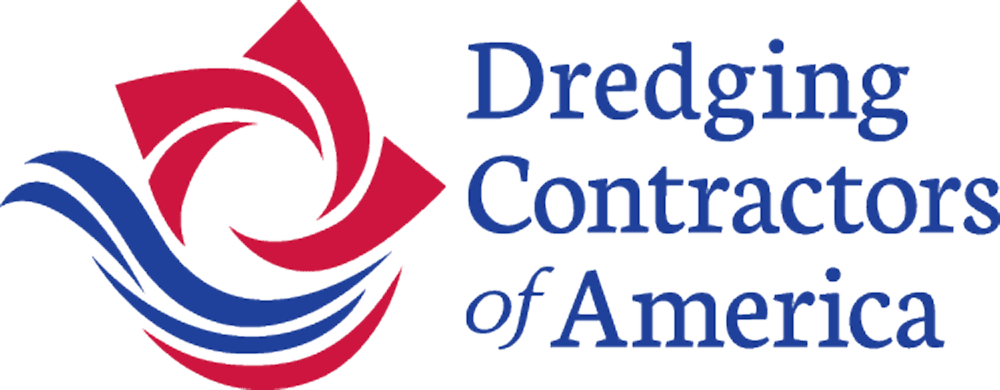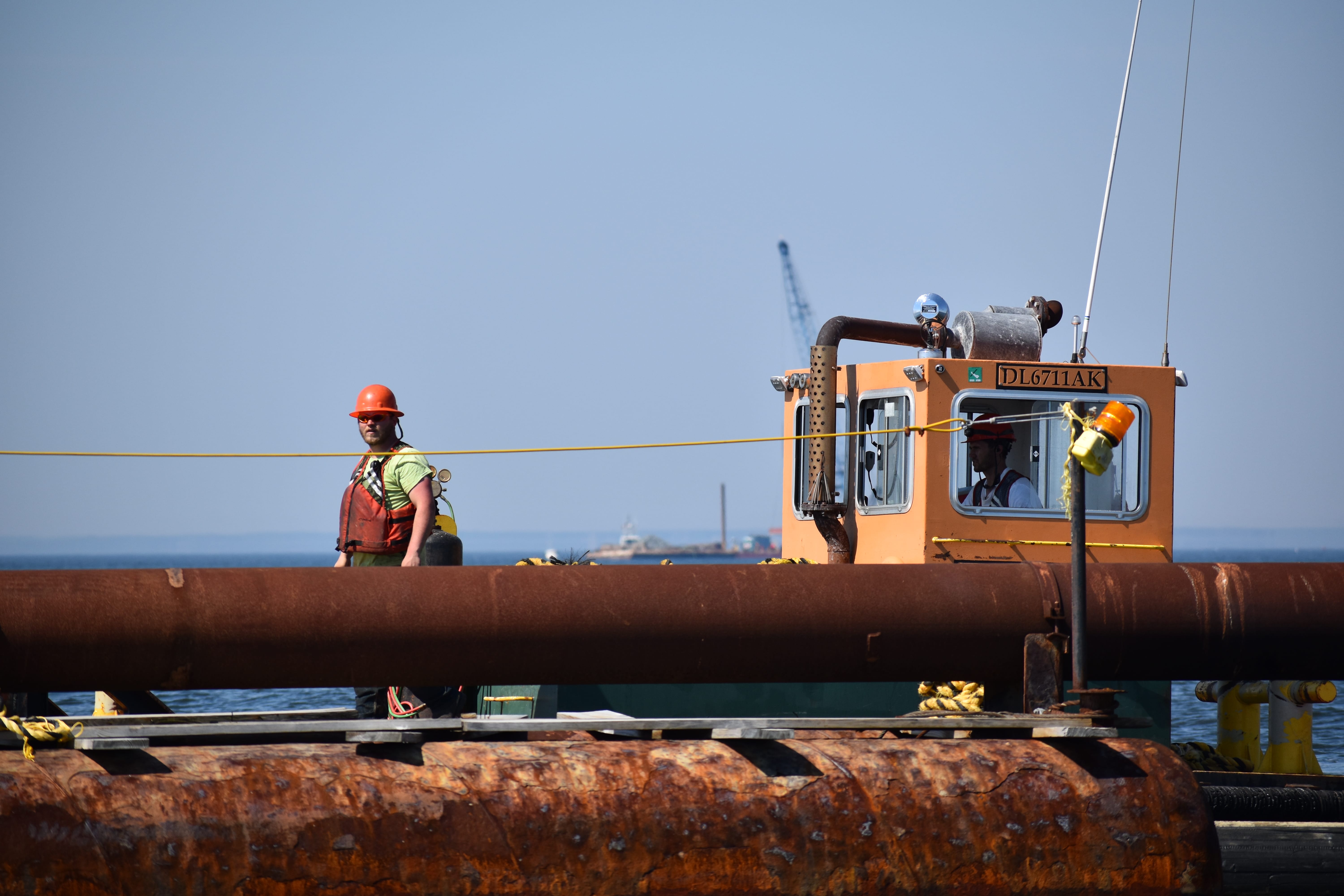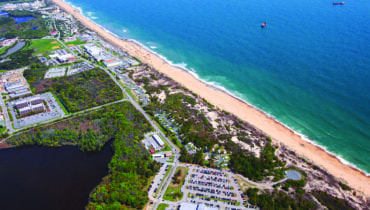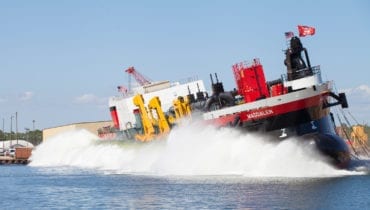This week in Washington, DC, the Pipeline Task Force of the Council for Dredging and Marine Construction Safety (CDMCS) huddled for several hours discussing a path forward for eliminating underwater pipeline incidents during dredging activities. The dredging workload in U.S. ports and waterways is increasing. Ports and waterways along the East and Gulf Coasts are being dredged deeper and wider to allow transit of post-Panamax vessels. Dredging deeper calls for the utmost care and understanding of the pipelines buried in these waterways. The U.S. dredging industry has responded by standing up a task force of stakeholders to identify where pipelines are located before a dredging project commences and to prevent potential loss of life, injury, environmental pollution, and destruction of assets.
“I’m very pleased with the level of participation in the Pipeline Task Force (PTF)” said Michael Gerhardt, VP of the Dredging Contractors of America (DCA) and PTF Director. “We’ve been trying to get the right stakeholders in the room, and it has finally come together.”
The task force includes U.S. dredging companies, the U.S. Army Corps of Engineers, the Pipeline & Hazardous Materials Safety Administration (PHMSA), the State of Louisiana Pipeline Safety Division, the Coastal and Marine Operators Pipeline Industry Initiative (CAMO), and representatives and member companies of the American Petroleum Institute (API), Interstate Natural Gas Association of America (INGAA), and Louisiana Mid-continent Oil & Gas Association.
Devon Carlock, VP of Government Relations & Safety for Cottrell Contracting Corporation and Industry Co-chair of the Council for Dredging & Marine Construction Safety stated, “We are moving forward with pipeline safety methods to reduce the risks associated with dredging in waterways where natural gas and liquid lines may be buried. We have set goals to achieve, and one of them will be a “best practices guide” for dredging and pipeline incident prevention.”
The task force will consist of three main goals consisting of three nimble working groups. The first goal is to “support safe working practices,” and this team (Best Practices Team) is being led by Cottrell Contracting’s Devon Carlock. The second goal is to “increase public awareness” through education and training, and this team (Training, Awareness and Education Team) is being led by CAMO Chairman Ed Landgraf. The third goal is to “strengthen data accuracy” and this team (Government Coordination & Information Exchange Team) is being led by Michael Gerhardt.
“The primary focus of the Pipeline Task Force, first and foremost, is to prevent injuries and save lives in the dredging industry,” commented William P. Doyle, CEO & Executive Director of the Dredging Contractors of America and PTF Chairman. “The dredging companies appreciate the cooperation of the oil, natural gas and pipeline transportation companies. We can’t do this without their participation.”
The CDMCS Pipeline Task Force is first addressing Army Corps-regulated dredging projects in federal navigation channels. Further, the types of pipelines for this phase include natural gas and liquid lines. Finally, the CDMCS Pipeline Task Force is focused on finding industry solutions and best practices rather than implementing regulations or enacting laws.

